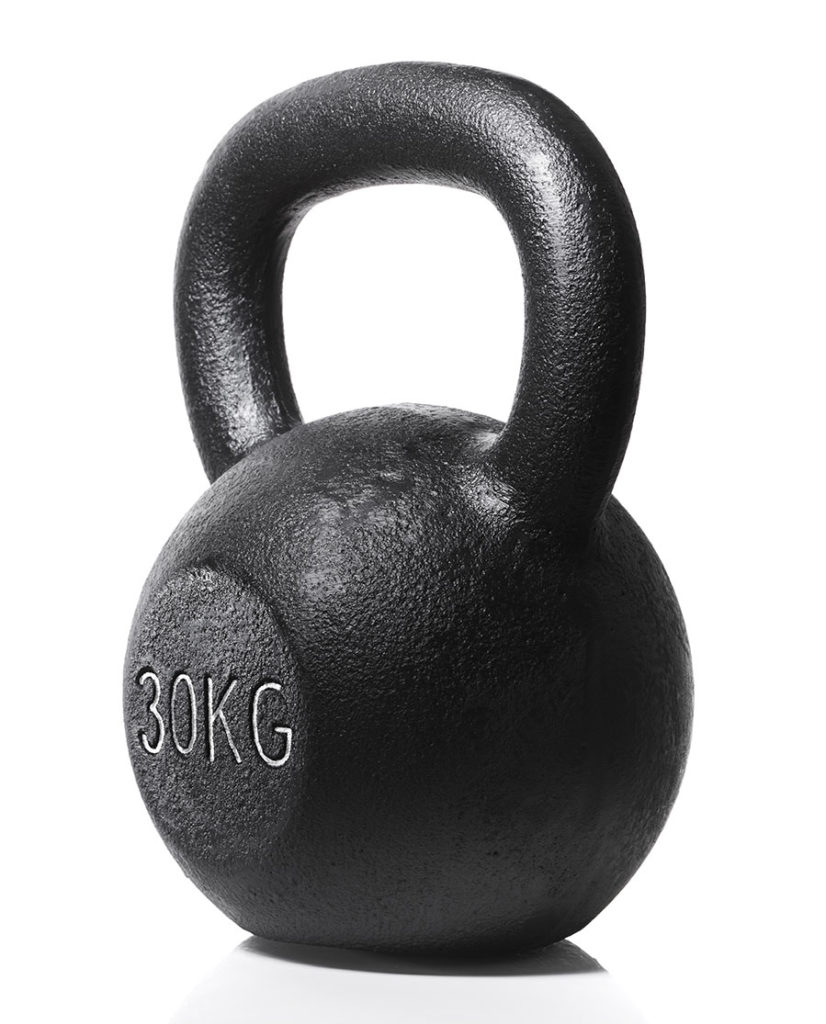
Kettlebells and Cardiovascular Improvements
Despite being around for quite some time—the International Union of Kettlebell Lifting suggests their origin can be traced to Ancient Greece—kettlebells have become a popular “trend.” But is all the fuss surrounding kettlebell training sound?
Recently, researchers pitted kettlebell training against a circuit weight-training routine to determine which yielded greater cardiovascular improvements. The study, published in the Journal of Strength & Conditioning Research (2015; doi: 10.1519/ JSC.0000000000000845), included 17 female NCAA Division I collegiate soccer players, who were divided into two groups. The kettlebell group performed the snatch with a 15-second work-to-rest ratio (known as the 15:15 MVO2 protocol) for 20 minutes. The other group completed a continuous, 20-minute circuit of free-weight and body weight exercises. The women performed their respective protocols three times per week for 4 weeks in conjunction with off-season training. Each athlete completed a VO2max test before and after the intervention.
By the end of the study, kettlebell participants had improved VO2max by an average of 6%. There was no change in the circuit training group.
Would you like to integrate the kettlebell snatch into your clients’ programs? Take advantage of these tips from Dan Bettcher, MS, RKC, cofounder and director of KOR Strength & Conditioning, in San Diego:
Let go of the bell. Poor grip will eventually turn into blisters or ripped calluses. If you are tearing up your hands on the snatch, you may be gripping the
bell too tightly and not releasing it during the ballistic phase. As you come out of the backswing and the bell travels upward, there will be a moment when the bell is “weightless.” At this point, let go of it and slide your hand up through the handle, punching at the top. You know you are doing the move correctly if the bell lands smoothly on the backside of your forearm and your fingers are loosely touching the handle.
Keep it close. One of the best ways to protect your forearm from bruises and your shoulder from undue stress is to keep
the bell close on the upswing. You can achieve this by bending the elbow once the bell is clear of the legs (often around waist height), to direct the weight in a straight shot over the head.
Stay tall. A good backswing can make or break your snatch. You want to protect the lumbar spine as much as possible while simultaneously strengthening its resilience. To do this, keep the back neutral, especially on the backswing. The easiest way to avoid rounding the back is
to retract the shoulder blades down and back—as though you were pinching a pencil between them—and keep the chest up. Staying tall as long as possible as you drop the bell will help you keep the chest up and minimize your chances of losing control of your back.